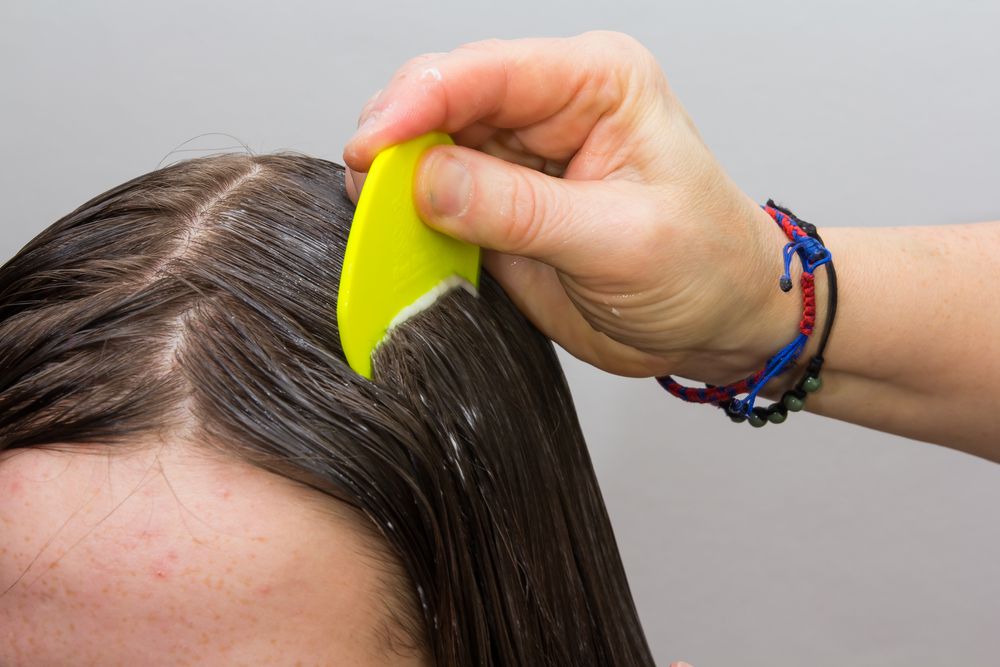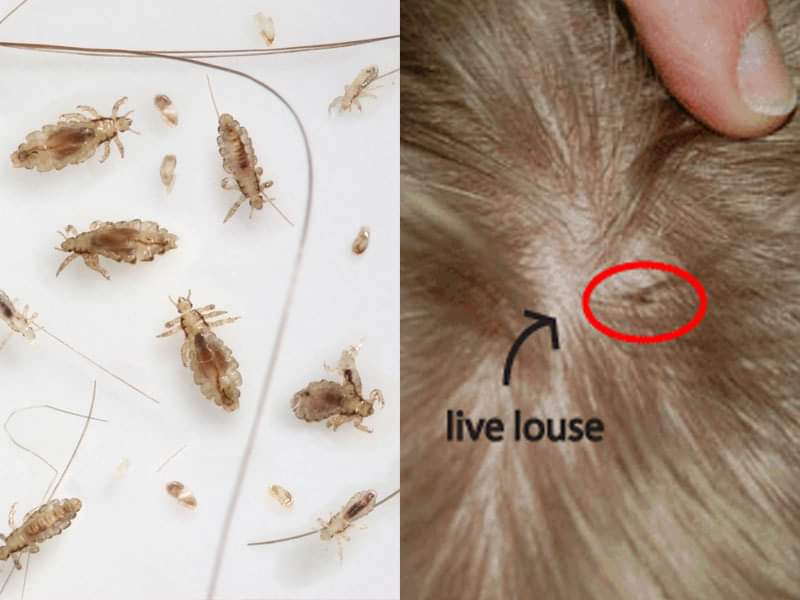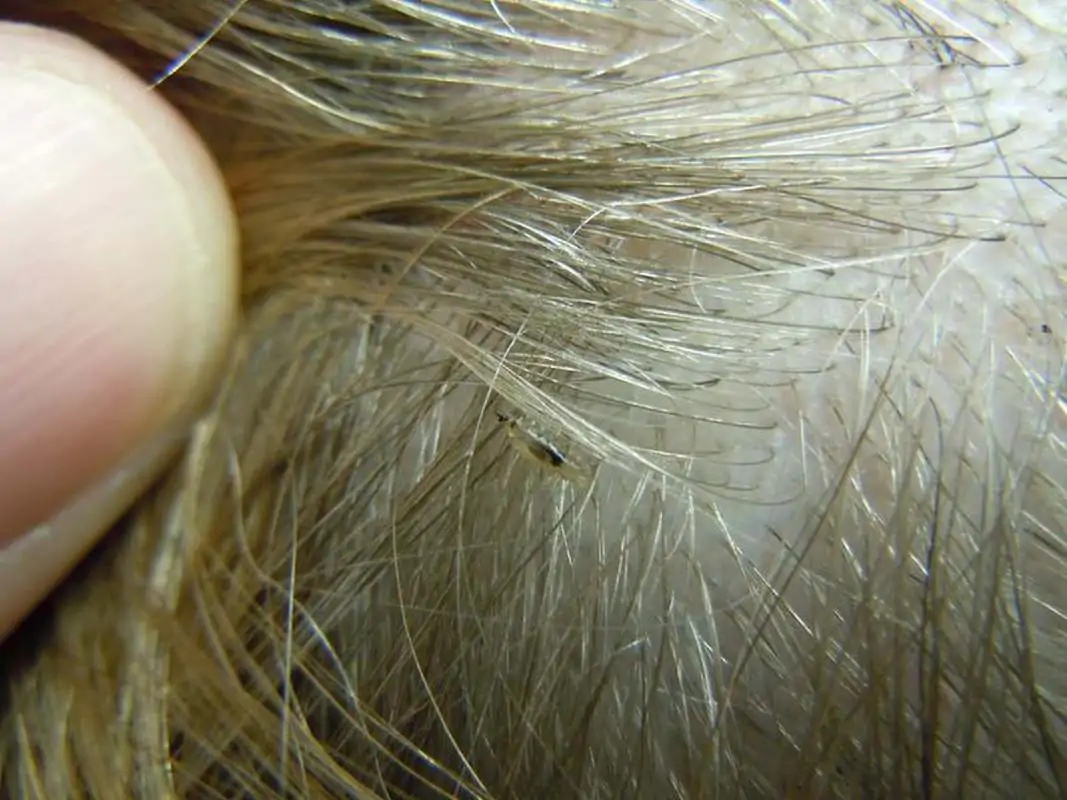Smart Tips About How To Detect Head Lice
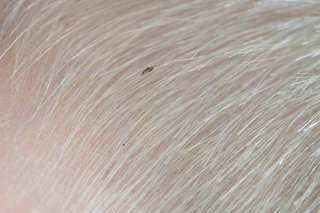
Intense itching on the scalp and neck could indicate the presence of head lice.
How to detect head lice. Detecting head lice is the first step you must take in any lice treatment. Lice have spend centuries developing powerful and clever camouflage to be able to evade visual detection by humans. Small nits (eggs) resembling tiny pussy willow buds about the size of.
Get gloves on, if you’re using them. How to check for head lice. Head lice occur on the scalp and are easiest to see at the nape of the neck and over the ears.
Lice detection is easy with liceguard's. Head lice usually stay close to the scalp and behind the ears. Set up your lice check station.
The most common symptom of any type of lice is itching. Look for live lice crawling on your child's head. Mechanical removal is the preferred way to detect and treat head lice because it is effective, does not contribute to insecticide resistance in head lice and.
You might also spot them on the eyebrows and eyelashes. Read more about how to detect head lice on your child and signs of a head lice infestation. Because adult and nymph lice are very small, move quickly,.
Head lice are extremely difficult to see. Sep 11, · the diagnosis of head lice infestation is best made by finding a live nymph or adult louse on the scalp or hair of a person. The best way to detect head lice.
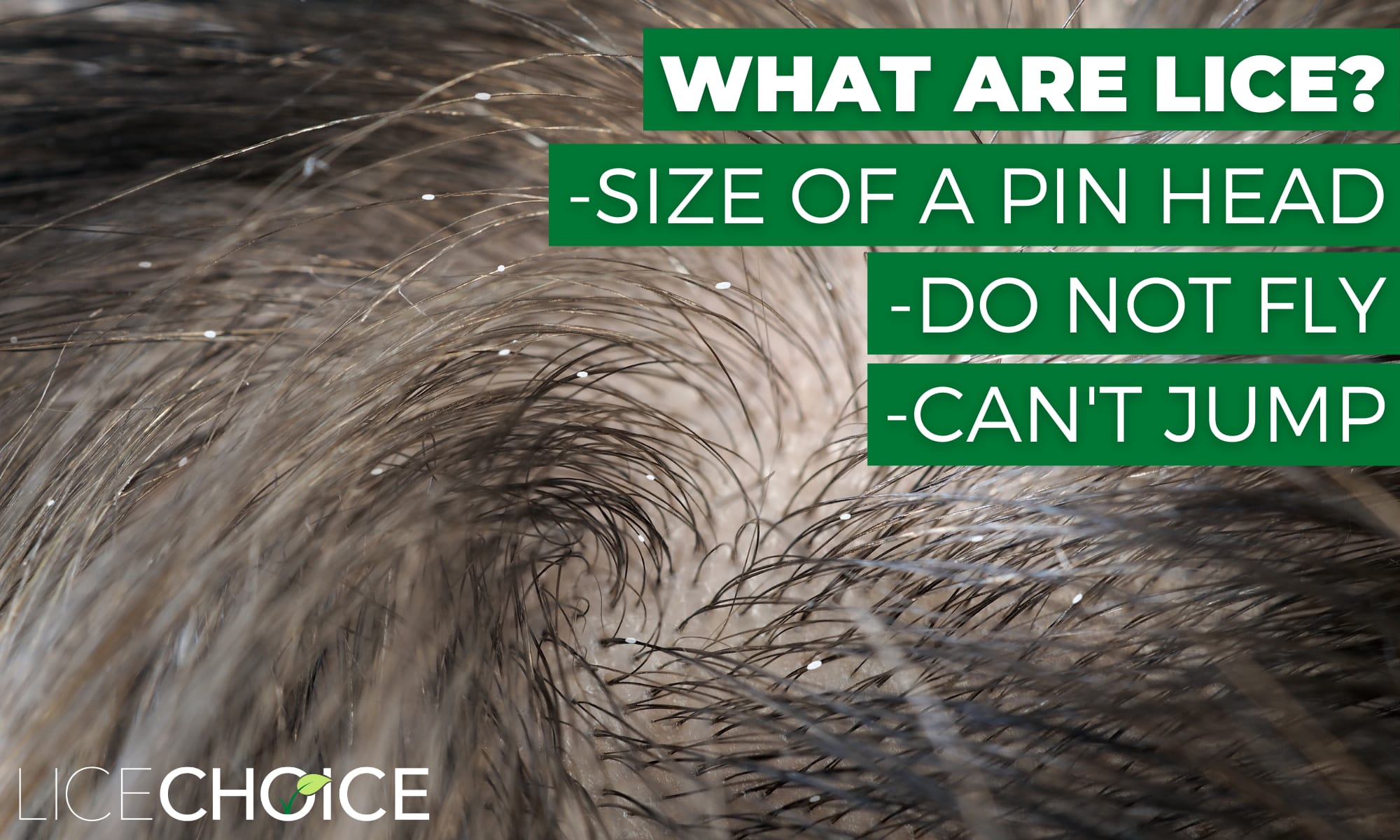

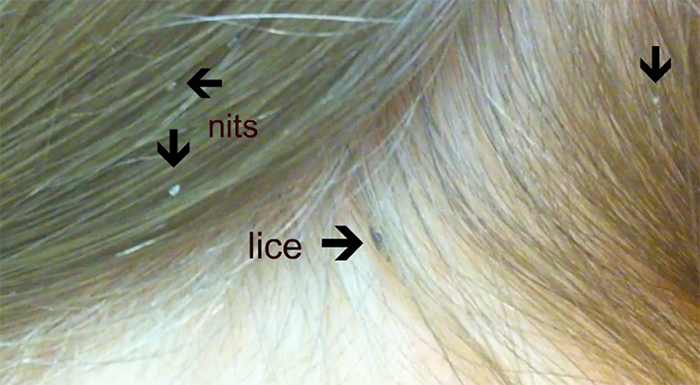
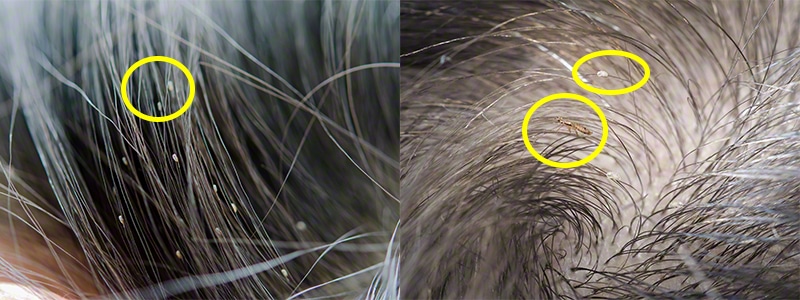
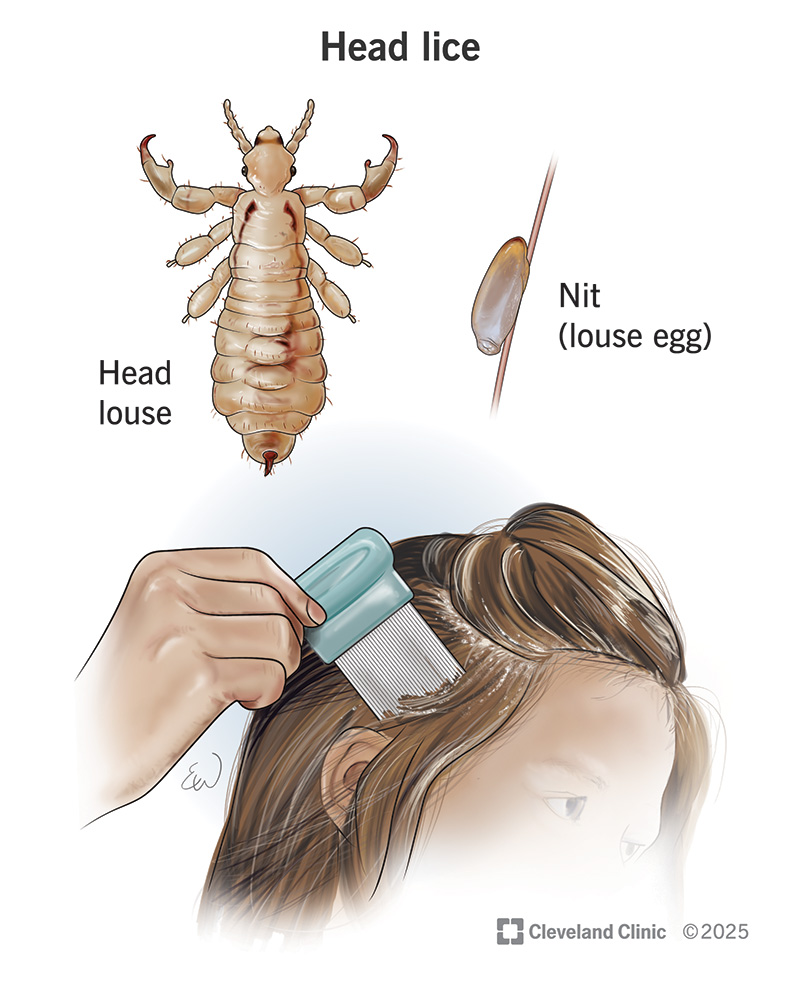


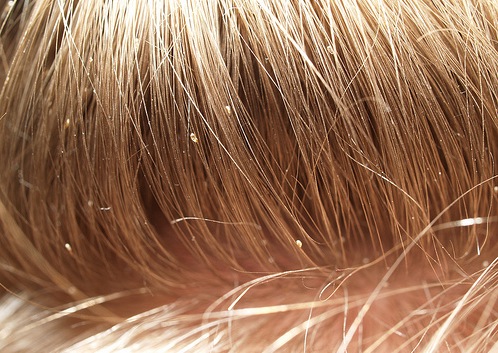

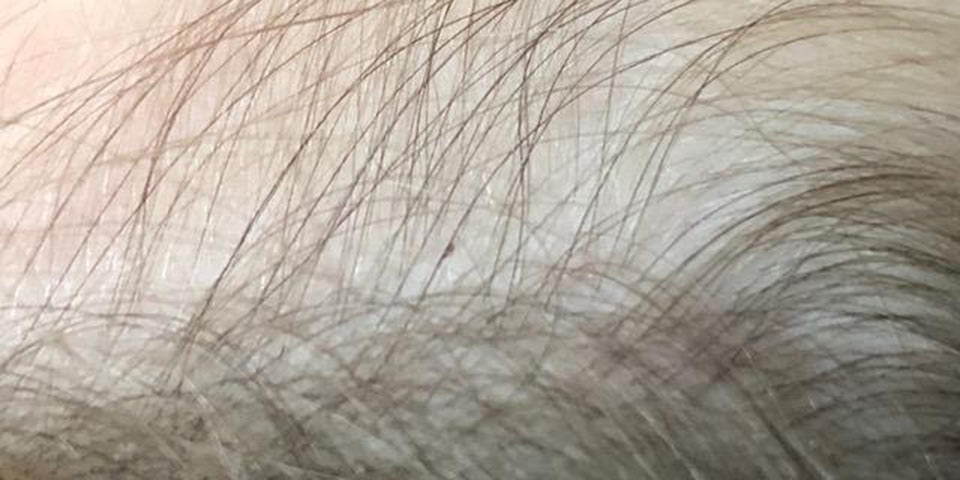

/GettyImages-1132662933-e7e7465e17a241ec88a70894f0b42fe8.jpg)

